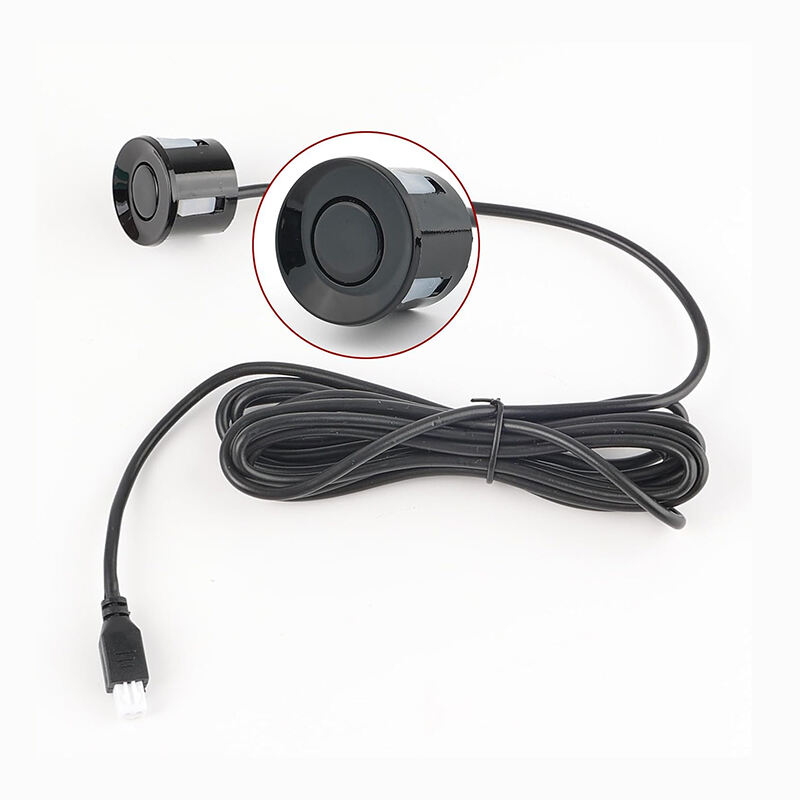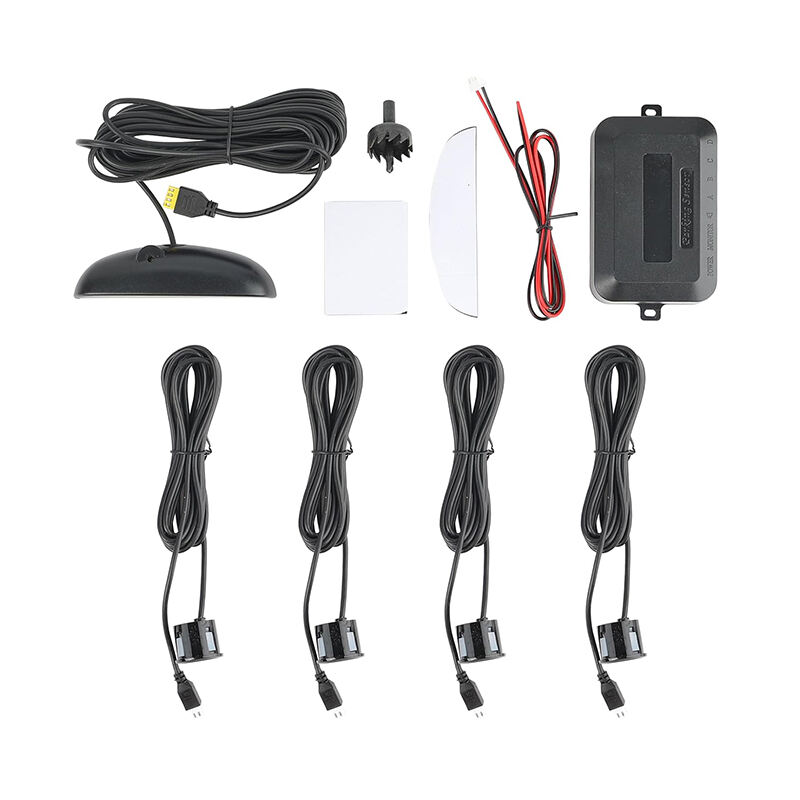পিছনের পার্কিং ক্যামেরার খরচ
পিছনের পার্কিং ক্যামেরার খরচ গুণ, বৈশিষ্ট্য এবং ইনস্টলেশনের প্রয়োজনীয়তার উপর নির্ভর করে এবং সাধারণত $20 থেকে $500 পর্যন্ত পরিবর্তিত হয়। নিম্নমূল্যের মডেলগুলি প্রধান ফাংশনালিটি প্রদান করে এবং মূল্যের নিম্ন শ্রেণীতে পাওয়া যায়, যা স্ট্যান্ডার্ড ভিডিও গুণবত্তা এবং বেসিক গাইডলাইন প্রদান করে। $100 থেকে $300 পর্যন্ত দামের মাঝারি মডেলগুলি অনেক সময় রাতের দৃষ্টি, চওড়া কোণের দৃশ্য এবং আবহাওয়ার বিরুদ্ধে প্রতিরোধের মতো উন্নত বৈশিষ্ট্য অন্তর্ভুক্ত করে। প্রিমিয়াম সিস্টেমগুলি $500 বেশি হতে পারে এবং HD রিজোলিউশন, ডায়নামিক পার্কিং গাইডলাইন এবং প্রদত্ত গাড়ির সিস্টেমের সাথে একত্রিত হওয়ার মতো উন্নত প্রযুক্তি অন্তর্ভুক্ত করে। ইনস্টলেশনের খরচও গাড়ির জটিলতা এবং পেশাদার সেবার প্রয়োজনীয়তার উপর নির্ভর করে এবং $50 থেকে $200 পর্যন্ত হতে পারে। এই প্রযুক্তি গাড়ির পিছনে একটি ক্যামেরা আঁটা হয়, যা ড্যাশবোর্ডে বা রিয়ারভিউ মিররে একটি ডিসপ্লে স্ক্রিনের সাথে সংযুক্ত। এই সিস্টেমগুলি পিছনের গিয়ারে স্থানান্তর করার সাথে সাথে স্বয়ংক্রিয়ভাবে সক্রিয় হয় এবং গাড়ির পিছনের অঞ্চলের বাস্তব-সময়ের ভিডিও ফিড প্রদান করে। আধুনিক পরিবর্তনগুলিতে দূরত্ব সেন্সর, বাধা নির্ণয় এবং স্মার্টফোন সংযোগের মতো বৈশিষ্ট্য অন্তর্ভুক্ত থাকতে পারে। একটি পিছনের পার্কিং ক্যামেরায় বিনিয়োগ করা পার্কিং নিরাপত্তাকে উল্লেখযোগ্যভাবে বাড়িয়ে দিতে পারে, দুর্ঘটনার ঝুঁকি কমাতে পারে এবং চ্যালেঞ্জিং পার্কিং মুভের সময় মনের শান্তি প্রদান করতে পারে।


